Gaslamp's History
Though the Gaslamp Quarter Association was officially chartered in 1982 by the City of San Diego under State Law, the Gaslamp Quarter’s Merchant Association goes back several decades and the historic commercial district that would become the Gaslamp Quarter began as William Heath Davis’ New Town in 1850. The Gaslamp Quarter’s colorful history, combined with its modern-day, world-class boutiques, galleries, and restaurants, is what makes this urban district unlike any other.
1800s

William Heath Davis.
Photo Credit: San Diego Historical Society
1850
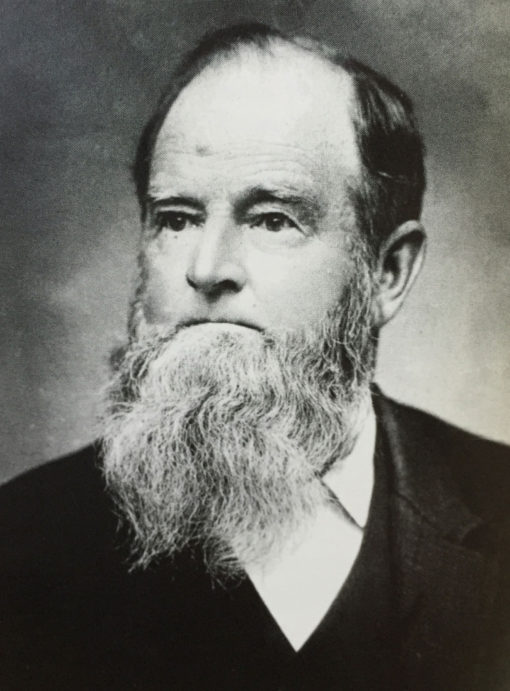
Alonzo Horton.
Photo Credit: San Diego Historical Society

Map of Horton’s Addition.
Photo Credit: San Diego Historical Society


Above: Alonzo Horton. Below: Map of Horton’s Addition.
Photo Credits: San Diego Historical Society
1867
1869
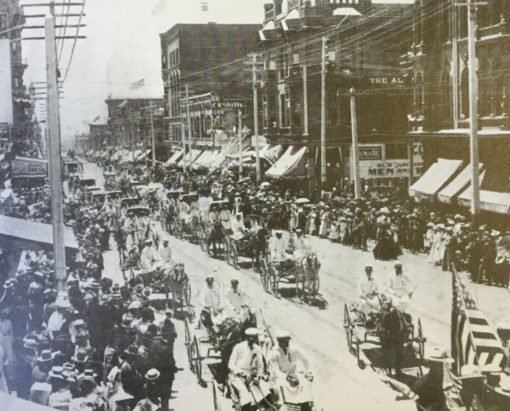
Late 1800s Parade on Fifth Avenue.
Photo Credit: San Diego Historical Society
1870
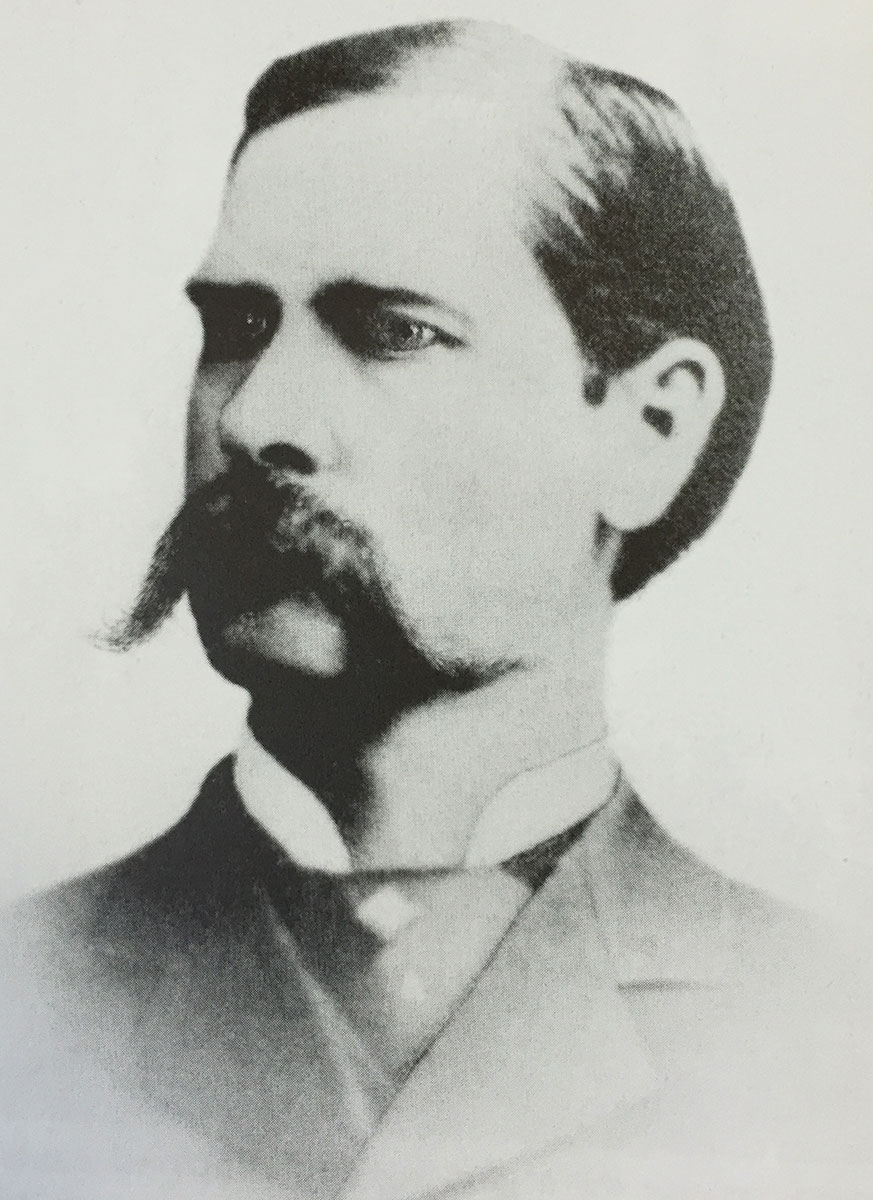
Wyatt Earp.
Photo Credit: San Diego Historical Society
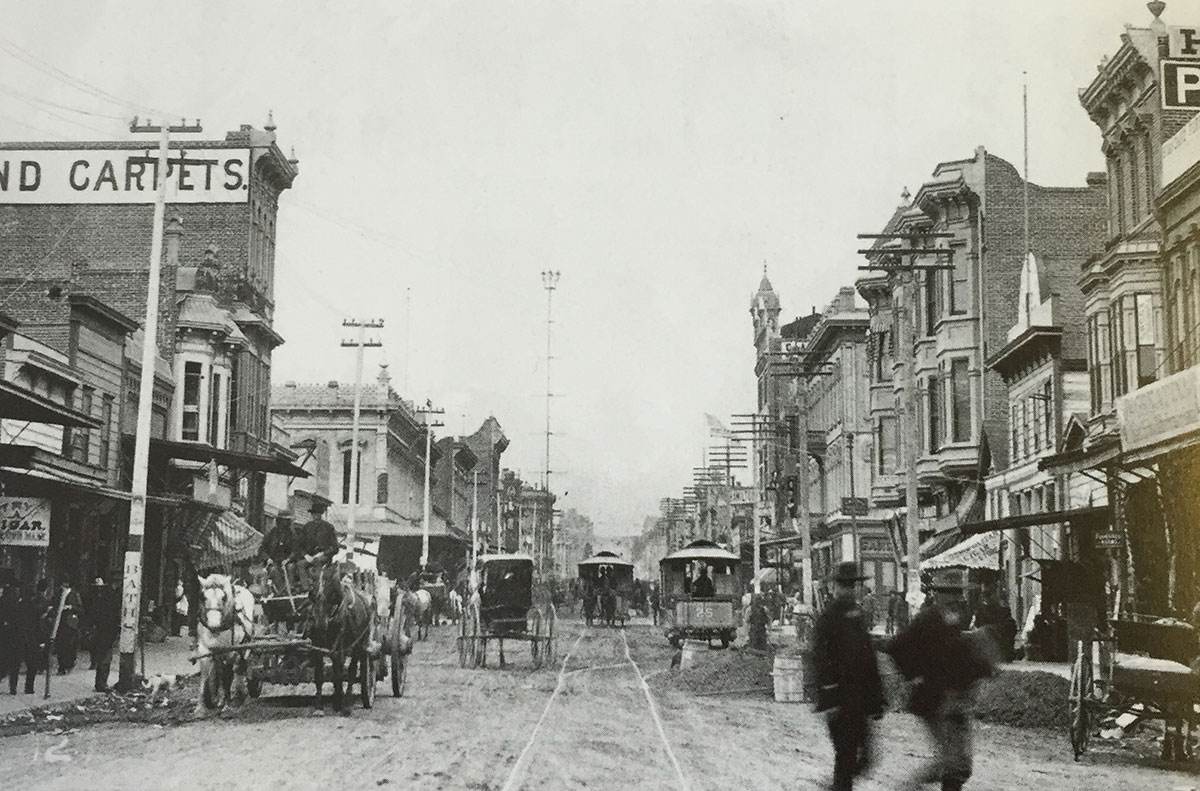
View from 5th and Island in 1887.
Photo Credit: San Diego Historical Society


Above: Wyatt Earp. Below: View from 5th and Island in 1887.
Photo Credits: San Diego Historical Society
1880s
1885
1887
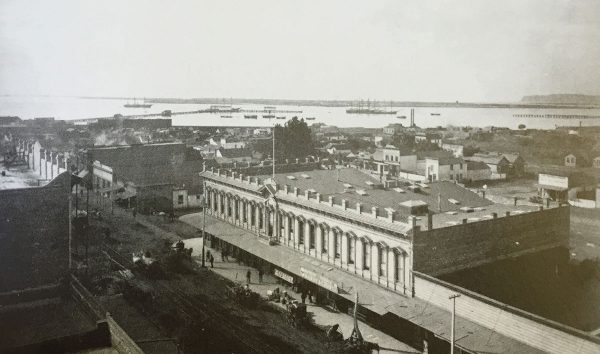
View of Backesto Building and San Diego Bay.
Photo Credit: San Diego Historical Society
1888
1894
1900s
1903
1909
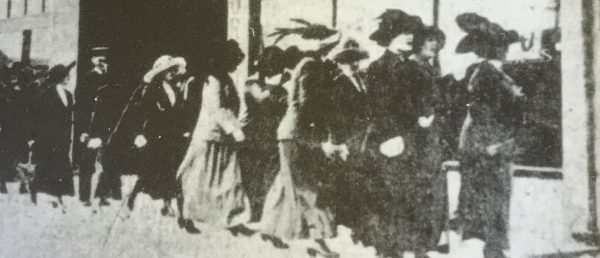
The Stingaree Raid of 1912.
Photo Credit: San Diego Historical Society
1912
1913
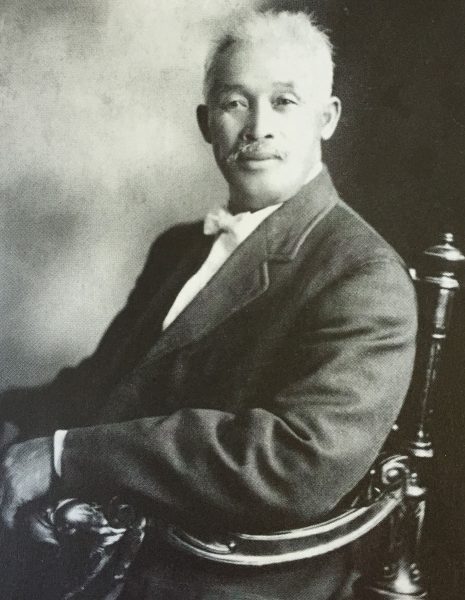
Ah Quin.
Photo Credit: San Diego Historical Society
1914
1920
Post WWII
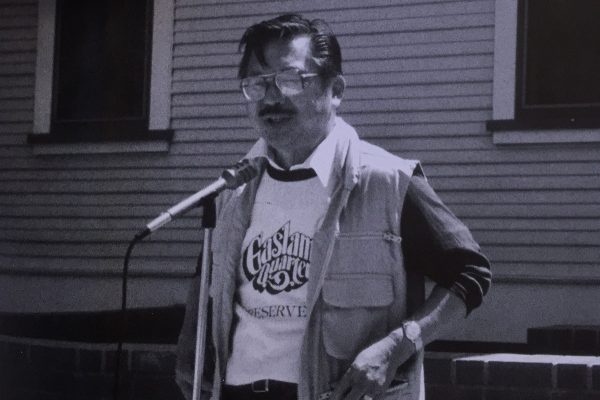
City Councilmember Tom Hom, Early 1970s.
Photo Credit: Gaslamp Quarter Historical Foundation
1974
1976
1980
1982
1986
1988
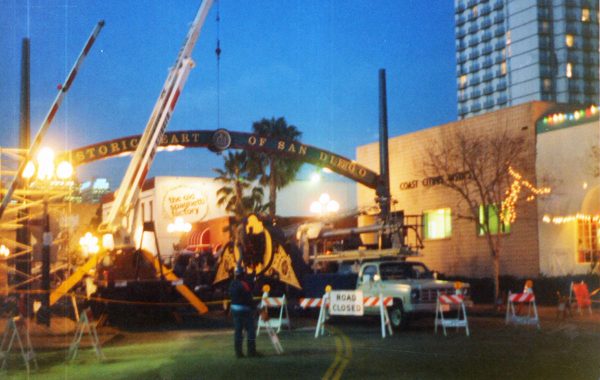
Installing the Gaslamp Quarter Archway.
Photo Credit: Roy Flahive
1990

Gaslamp Quarter Archway in 1990.
Photo Credit: Roy Flahive
1991
2000s

2012 Gaslamp Quarter Archway Rehabilitation.
Photo Credit: Byron Wade
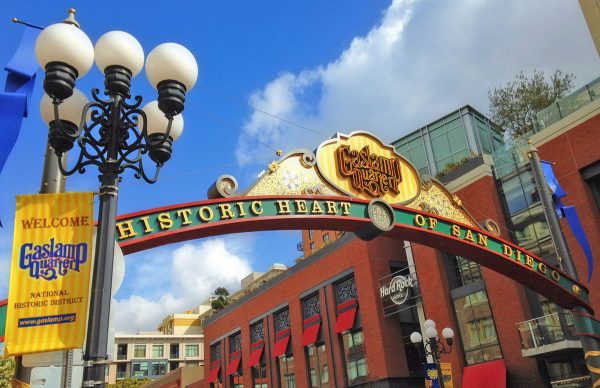
Gaslamp Quarter Archway, post-refurbishment in 2013.
Photo Credit: Gaslamp Quarter Association


Above: 2012 Gaslamp Quarter Archway Rehabilitation.
Photo Credit: Byron Wade.
Below: Gaslamp Quarter Archway, post-refurbishment in 2013.
Photo Credit: Gaslamp Quarter Association
2012-2013
Today
Still Curious?
For more information on the history of the Gaslamp Quarter, visit the Gaslamp Museum at 410 Island Avenue or the Gaslamp Quarter Historical Foundation’s website at http://www.gaslampfoundation.org.
